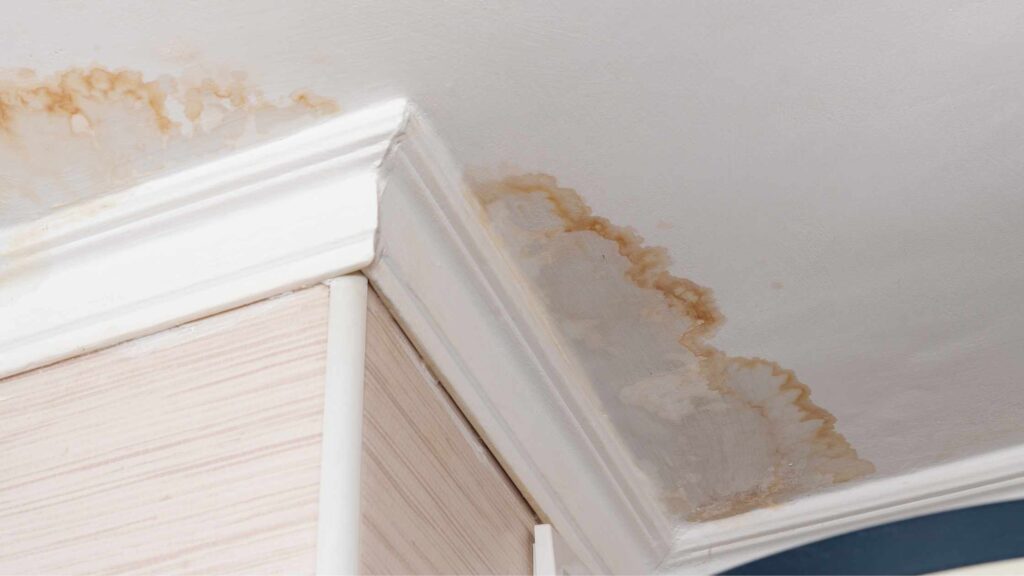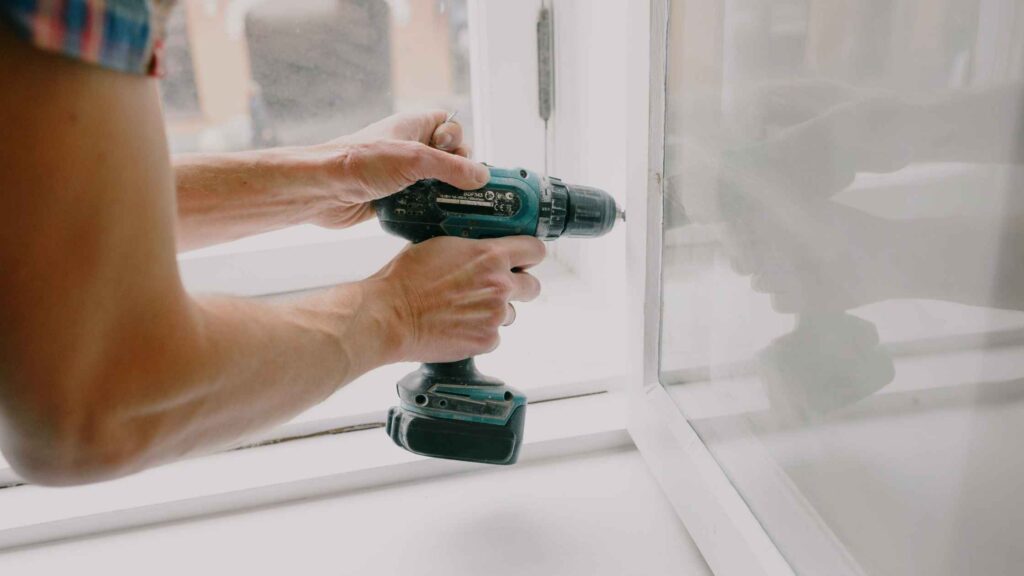The Importance of Sealing and Weatherproofing in Rentals
As a landlord or property manager, it is crucial to take preventive measures to protect your rental property from water damage. Water infiltration can lead to costly repairs and potential health hazards for your tenants. In this article, we will discuss the importance of sealing and weatherproofing in rentals and provide practical tips to prevent water damage.
The Risks of Water Damage in Rentals
Water damage can have severe consequences for both the structure of your property and the well-being of your tenants. Here are some risks associated with water infiltration:
Structural Damage
When water finds its way into the building, it can damage the foundation, walls, and ceilings. Over time, this can weaken the structure of the property and lead to costly repairs.
Mold and Mildew
Moisture is a breeding ground for mold and mildew, which can cause respiratory issues and allergies for your tenants. It is essential to maintain a dry environment to prevent such health hazards.
Electrical Problems
Water infiltration can also pose a risk of electrical problems. If water reaches electrical outlets or wiring, it can result in short circuits or even electrical fires. This presents a significant danger to your tenants and the property.
Damage to Personal Belongings
Water damage can ruin tenants’ personal belongings, including furniture, electronics, and clothing. This can lead to disputes and financial claims that could be avoided with proper preventive measures.
Sealing and Weatherproofing Techniques
To prevent water damage in rentals, it is crucial to implement proper sealing and weatherproofing techniques. Here are some effective strategies to consider:
Inspect and Repair Roofs Regularly
The roof is your property’s first line of defense against water intrusion. Regular roof inspections and maintenance can help identify and address any potential issues promptly. Repairing loose or damaged shingles, sealing flashing, and clearing gutters can significantly reduce the risk of water leaks.
Seal Doors and Windows
Doors and windows are common areas for water infiltration. Ensure that all doors and windows are properly sealed with weatherstripping or caulking. This will prevent water from seeping in during heavy rain or storms.
Maintain Proper Drainage
Proper drainage is essential to prevent water buildup around the foundation of your rental property. Clean gutters and downspouts regularly to ensure proper water flow, and consider installing extensions to divert water away from the foundation.
Check and Seal Cracks
Inspect the interior and exterior of your property for any cracks or gaps where water can seep in. Use appropriate sealants to fill these gaps, such as silicone caulk for smaller cracks and hydraulic cement for larger openings.
Waterproof Basements and Crawl Spaces
Basements and crawl spaces are particularly vulnerable to water damage. Consider applying waterproof sealants to walls and floors in these areas and installing a sump pump to prevent flooding.
Maintain a Dry Environment
Proper ventilation plays a crucial role in maintaining a dry environment. Ensure that bathrooms, kitchens, and laundry areas are adequately ventilated to reduce moisture levels. Consider installing exhaust fans in these spaces to expel excess humidity.
The Benefits of Sealing and Weatherproofing
Implementing sealing and weatherproofing measures in your rental property offers several benefits:
Cost Savings
By preventing water damage, you can save a significant amount on repairs and potential insurance claims. Regular maintenance and preventive measures are far more cost-effective than dealing with extensive damage later.
Tenant Satisfaction
A dry and comfortable living space enhances tenant satisfaction. By ensuring a well-sealed property, you are more likely to attract and retain responsible, long-term tenants.
Property Value Preservation
Proper maintenance, including sealing and weatherproofing, helps preserve the value of your rental property. This will be beneficial when it comes time to sell or refinance.
Compliance with Building Codes
Maintaining a watertight property ensures compliance with building codes and safety regulations. This reduces the risk of legal issues and penalties.
In Summary
Sealing and weatherproofing are essential steps in preventing water damage in rental properties. By regularly inspecting and maintaining your property’s roof, doors, windows, and foundation, you can reduce the risk of water infiltration. This, in turn, saves you money on repairs, keeps your tenants satisfied, and preserves your property’s value. Invest in proper sealing and weatherproofing techniques to protect your rental property from water damage for years to come.







